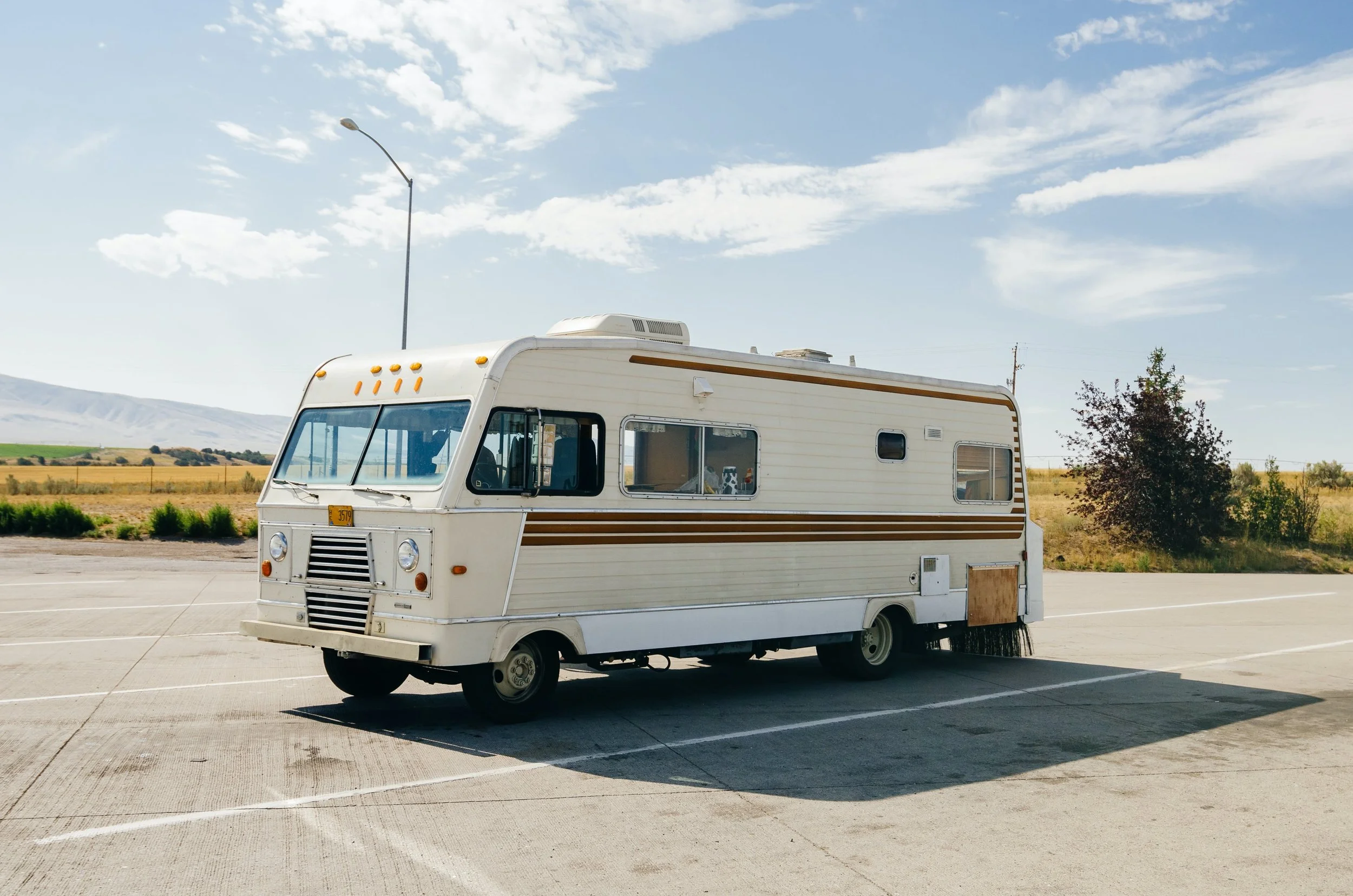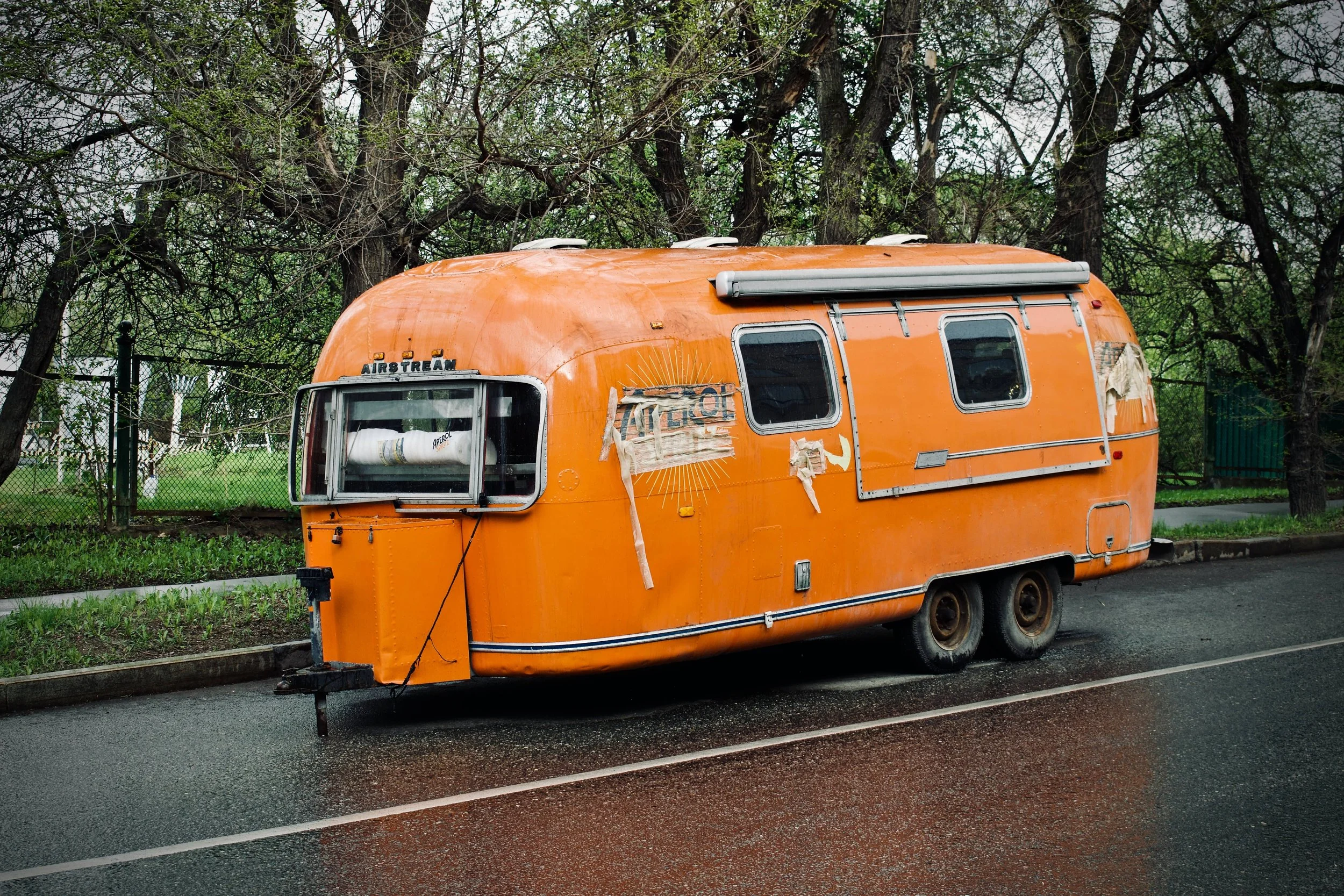A Brief History of RVing
Recreational vehicle (RV) travel is a popular way for people to experience the great outdoors and enjoy extended road trips. The history of RVing dates back to the early 20th century, and since then, the industry has grown significantly to accommodate the needs and desires of travelers.
1910s & 1920s
The early days of RVing began in the 1910s and 1920s, when people started to travel in horse-drawn caravans. These caravans were essentially traveling homes that were pulled by horses, and they allowed people to escape the city and explore rural areas. This was the first time people could travel long distances in a vehicle that provided all the comforts of home.
1930s & 1940s
In the 1930s, motorized RVs started to become popular, and they quickly gained popularity as a convenient and comfortable way to travel. During this time, people would often travel in converted buses, which were referred to as "house cars." The first purpose-built RVs were also introduced during this time, and they were marketed as an affordable alternative to traveling in a traditional home.
The RV industry really took off after World War II, as soldiers returning from the war found that RVs provided a convenient way to see the country. During this time, the popularity of RVs grew rapidly, and manufacturers started to produce more models with improved features and amenities.
1950s & 1960s
In the 1950s and 1960s, RVs became increasingly popular, and new innovations were introduced, such as air conditioning, improved insulation, and more comfortable seating. This was also the time when the first luxury RVs were introduced, offering features such as heated swimming pools, full kitchens, and even small elevators.
Photo by Steven Weeks on Unsplash
1970s & 1980s
During the 1970s and 1980s, the RV industry continued to grow, and manufacturers introduced new models with even more advanced features. This was also the time when the first Class A RVs were introduced, which are the largest and most luxurious RVs available. Class A RVs are typically built on a chassis that is similar to a bus, and they offer features such as large slide-out sections, multiple bedrooms, and spacious living areas.
Photo by Evgeniy Ivanov on Unsplash
1990s
In the 1990s, the RV industry faced some challenges, as the high cost of fuel and the recession made it more difficult for people to afford to travel in RVs. However, the industry bounced back in the 2000s, as new advances in technology, such as GPS navigation systems and satellite television, made RVs more convenient and appealing.
Image by Siggy Nowak from Pixabay
Present Days
Today, the RV industry is thriving, and there are many different types of RVs available to suit a wide range of needs and budgets. From small pop-up trailers to large Class A RVs, there is an RV to suit everyone's needs. Many people choose to travel in RVs because they offer the freedom to explore new places and the comfort of having all the amenities of home with them.
In recent years, the popularity of RV travel has grown significantly, as more and more people discover the benefits of traveling in an RV. In fact, the RV industry has seen a significant increase in sales in recent years, and it is expected to continue to grow in the coming years.
In conclusion, RVing has come a long way since its humble beginnings in the 1910s and 1920s. Today, RVs are an essential part of American culture, and they offer a convenient and comfortable way for people to travel and explore new places. Whether you're a seasoned traveler or a first-time RV owner, there is an RV out there that is perfect for you, and the freedom and adventure that come with RVing are truly unparalleled.
Quilly’s RV Parks are proud to be part of American RVing culture! Make sure to check our parks and see the best we have to accommodate you and your family at our park.



